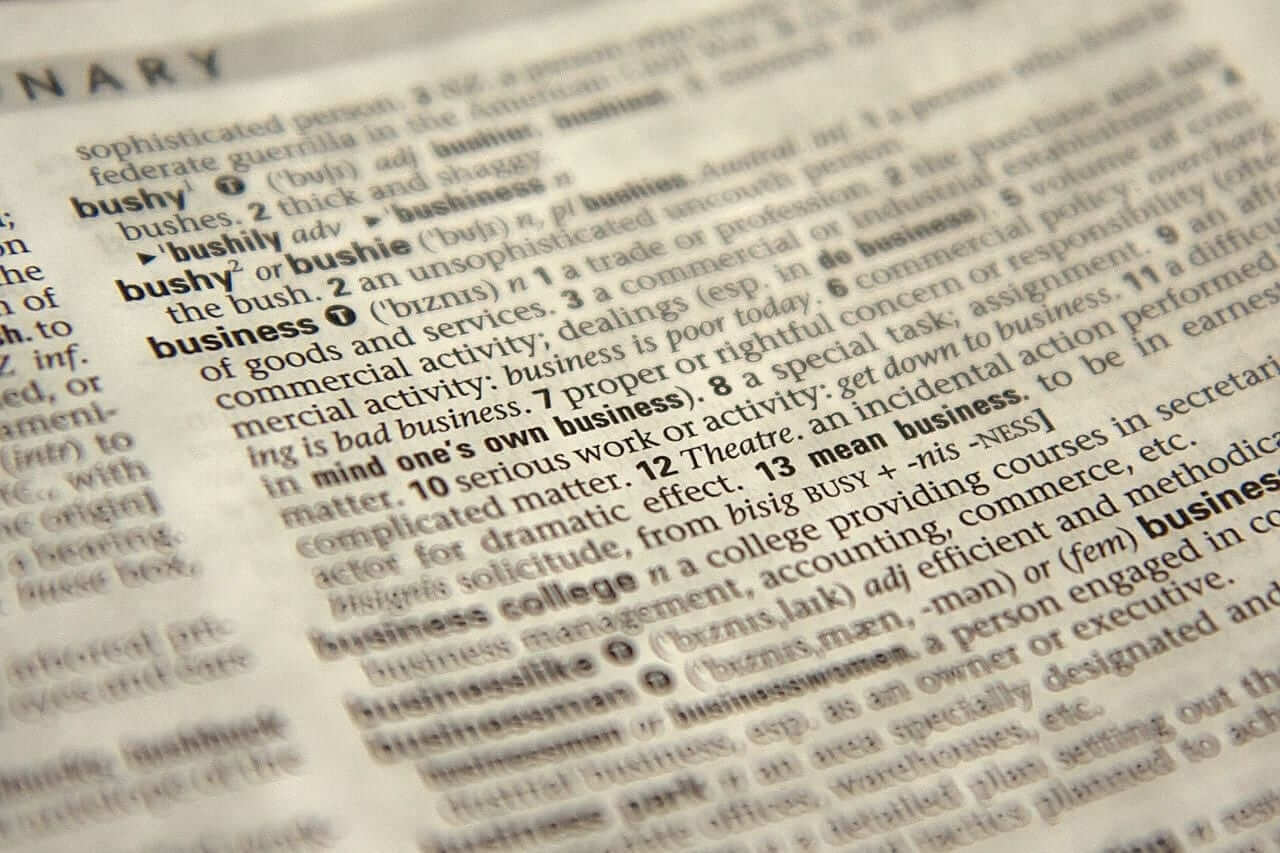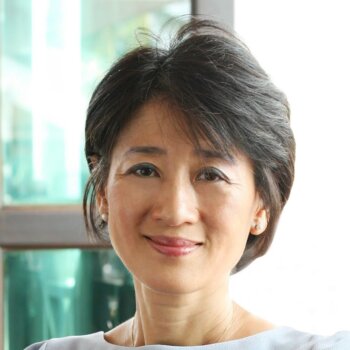The startup world throws around a lot of jargon.
Some of it is fluff, some of it is important.
Rather than pretend like you know what people are talking about, I’ve found it’s good to make sure I actually understand the terminology.
So, here’s a few essential startup terms you should know.
KPI
Stands for Key Performance Indicator. This is a measurable value that indicates how effectively your company or product is achieving its business goals.
Example: I would guess a main KPI of AirBnB is guests per night (how many people are staying on an AirBnB property on any given night).
The idea is that you can focus on improving key indicators, which should then directly influence your company’s goals.
Churn Rate
Your churn rate is the percentage of customers who stop subscribing to your service in a given time period. You can calculate the churn of anything (like revenue or employees), but it’s most often referring to customers.
This is considered the main enemy of any subscription company.
Example: As of this writing, Buffer’s monthly user churn is 5.9%.
Your acceptable churn rate depends entirely on your specific industry and company.
OKR
Stands for Objectives & Key Results. This is a framework for setting, communicating, and monitoring goals.
Objectives are goals, which tell you where to go. Each objective has key results, which indicate how you’ll get there.
Example:
Objective: Increase our recurring revenue.
Key Results:
- Share of monthly subscriptions increased to 85%.
- Average subscription size of at least $295 per month.
- Reduce churn to less than 1% per month.
MRR
Stands for Monthly Recurring Revenue. This is income that a company an reliably anticipate every 30 days. MRR is intended for products or services that have a defined price and recurring term.
Example: As of this writing, Treehouse’s MRR is $2M+.
To put two terms together, your MRR churn is the erosion of your monthly recurring revenue.
There is also ARR: Annual Recurring Revenue, not to be confused with Annual Run Rate (below) which even uses MRR in its calculation.
USP
Stands for Unique Selling Proposition. This refers to the unique factor of your company or product that sets you apart from all your competition. It’s the answer to the question, “Why should I do business with you instead of anyone else?”
Example: M&M’s “Melts in your mouth, not in your hand.” M&Ms use a patented hard sugar coating that keep chocolate from melting in your hands.
ARR
Stands for Annual Run Rate. This is a method used to project future revenue based on your current revenue. To get it, simply multiply your MRR by 12.
While that might seem inaccurate, ARR is a helpful tool to get an idea of long term growth and visualize the size of your business.
Example: If a company’s MRR for last month was $100k, its current ARR $1.2M.
Burn rate
Your burn rate is the rate at which your company spends money in excess of income. It’s a measure of negative cash flow. It is usually quoted in terms of cash spent (lost) per month.
Burn rate a good measuring stick for a company’s runway — the amount of time it has before it runs out of money.
Example: If a company has $1 million in the bank, makes $100k per month, and spends $200k per month, it has a burn rate of $100,000/month. It also has a runway of 10 months.
____________________________________________________
About the Author
This article was written by Jordan Bowman.





























